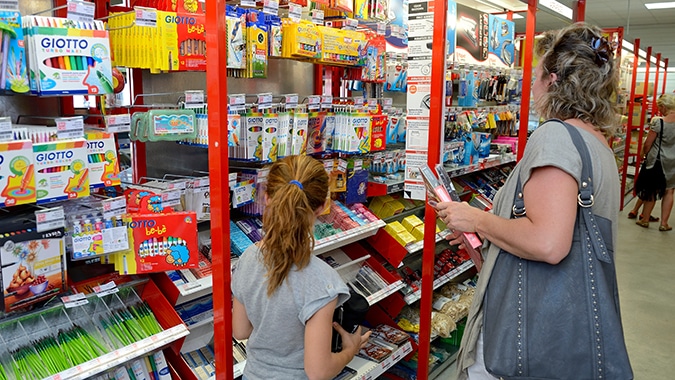The nation’s gross domestic product, adjusted for inflation, rose at a 1.1% annual rate in the first quarter of 2023 as consumer spending remained strong despite inflation and rising interest rates, according to preliminary data released Thursday by the U.S. Commerce Department.
The GDP measures the total monetary value of all finished goods and services produced within a country’s borders. Although Q1 marked the third straight quarter of U.S. economic growth, the 1.1% GDP increase represented a slowdown from the 2.6% increase seen during the fourth quarter of 2022 and the 3.2% GDP increase in the third quarter of 2022.
The deceleration in first quarter real GDP primarily reflected a downturn in private business investment, which was partly offset by an increase in consumer spending, an upturn in exports, and a smaller decrease in residential fixed investment. Imports, which are a subtraction in the calculation of GDP, were also up.
The rise in consumer spending reflected increases in both goods and services. Within goods, the leading contributor was motor vehicles and parts. Within services, the increase was led by healthcare and the food services and accommodations sector.
Within exports, an increase in goods (led by consumer goods, except food and automotive) was partly offset by a decrease in services (led by transport).
Within federal government spending, the increase was led by nondefense spending. The increase in state and local government spending primarily reflected an increase in compensation of state and local government employees.
Within nonresidential fixed investment, increases in structures and intellectual property products were partly offset by a decrease in equipment.
The decrease in private inventory investment was led by wholesale trade (notably, machinery, equipment, and supplies) and manufacturing (led by other transportation equipment as well as petroleum and coal products). Within residential fixed investment, the leading contributor to the decrease was new single-family construction, a sector that is influenced by higher interest rates that affect mortgage rates and make it more difficult for people to afford new homes.
Within imports, the increase reflected an increase in goods (mainly durable consumer goods and automotive vehicles, engines, and parts).




